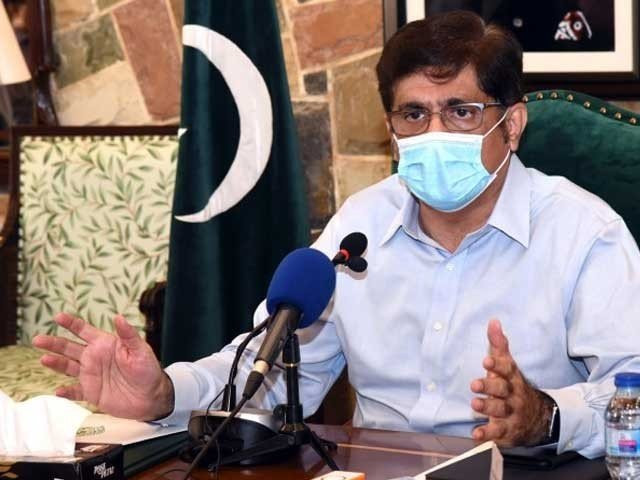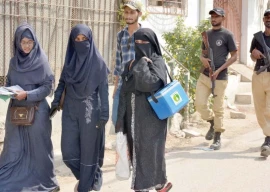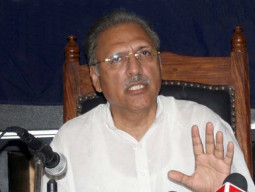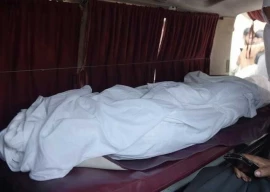
The pandemic has had a negative impact on most aspects of life and education is no exception. In these times, getting children to school is challenging enough, let alone the seemingly insurmountable task of increasing girls' enrolment at post-primary centres of education.
A recent report and research has suggested that the majority of students that do not have access to acceptable standards of education are girls.
Speaking at the launch of the report, Sindh Chief Minister Syed Murad Ali Shah said that socio-economic, cultural and religious factors obstruct girls’ education and deprive them of opportunities to learn and develop into agents of change for our society.
“It is only through education that girls are nourished and groomed as responsible citizens, capable of playing a positive and creative role in social development.”
The report was a result of the provincial ombudsman awarding a consultancy to the Sindh Education Foundation (SEF) to carry out a research study on the subject of girls' education and make recommendations to improve standards.
Called the Research Study on the Issues of Girls' Education in Sindh, the findings were unveiled at the banquet hall of the CM House on Thursday.
Funded by the Ombudsman Institute (ION), under the Regional Subsidy Programme, the key objectives of the study were to identify the dynamics of sociocultural, economic, political, religious and supply factors which hampered the gains of girls' education in Sindh.
The report says that the political and religious norms of society have a negative impact on women's position and their identity in society.
"The structure of society is patriarchal. A narrow-minded approach, rigid norms and traditional practices, coupled with patriarchal hegemony, have significantly contributed to depriving girls from acquiring education," the report read.
It said the overall number of out of school children (OOSC) had reduced in 2018-2019. However, the majority of school going children are still not able to have access to institutions and the majority of these students are girls.
It found that the dropout rate of school children in general, and girls, in particular, is a chronic issue; particularly in rural areas.
When children transit from primary to secondary schools, the rate of drop out gets higher. One of the key factors for low levels of girls in school is the dearth of middle, secondary and higher secondary schools in Sindh.
Generally, parents are reluctant to send their daughters for further education to schools which are at a distance from their homes.
Missing school facilities, including boundary walls, shelters, functioning washrooms, drinking water and other necessary items, also lead to the drop out of girls from schools.
Another major factor is the lack of women teachers. The report finds that their increased numbers are essential as cultural norms are tilted against mixed gender institutes of education.
The mentioned factors pose greater hurdles in the path of girls' education when they reach puberty or the pre-pubescent age stage.
This further limits their mobility, while poverty restricts low-income families from investing in their children's education. Therefore, it keeps many girls away from school and their future takes a further beating when the families feel that their daughters can be used for other gains.
As a result, child labour becomes a crucial source of income for poor families in Sindh. Parents end up shipping their girls off to work as paid or unpaid workers, while some take to the fields to help with agriculture to improve the family income.
Ombudsman Aijaz Ali Shah, speaking on the occasion, said that the first and foremost issue in girls education is limited accessibility to schools.
Published in The Express Tribune, October 22nd, 2021.


















COMMENTS
Comments are moderated and generally will be posted if they are on-topic and not abusive.
For more information, please see our Comments FAQ